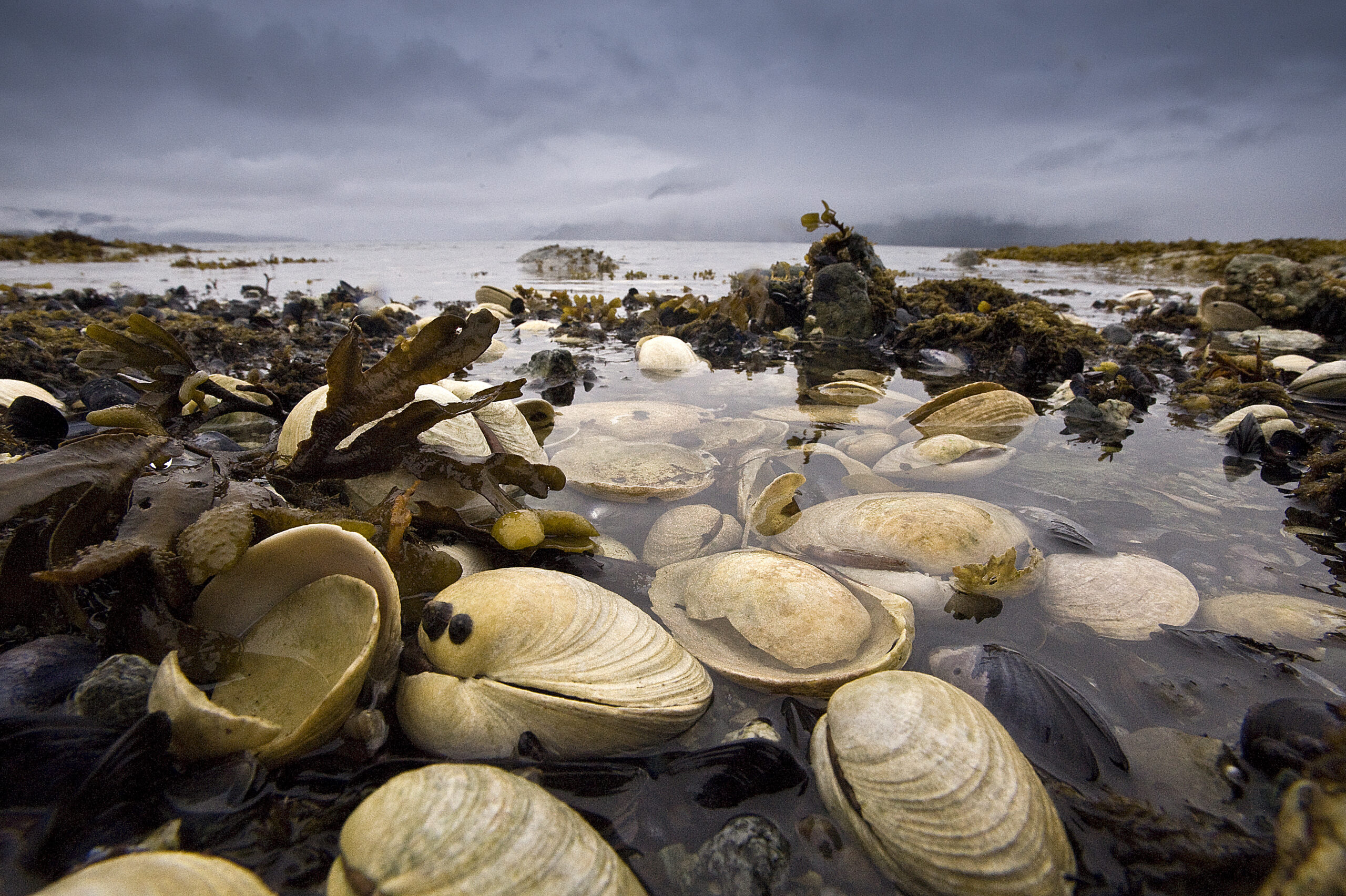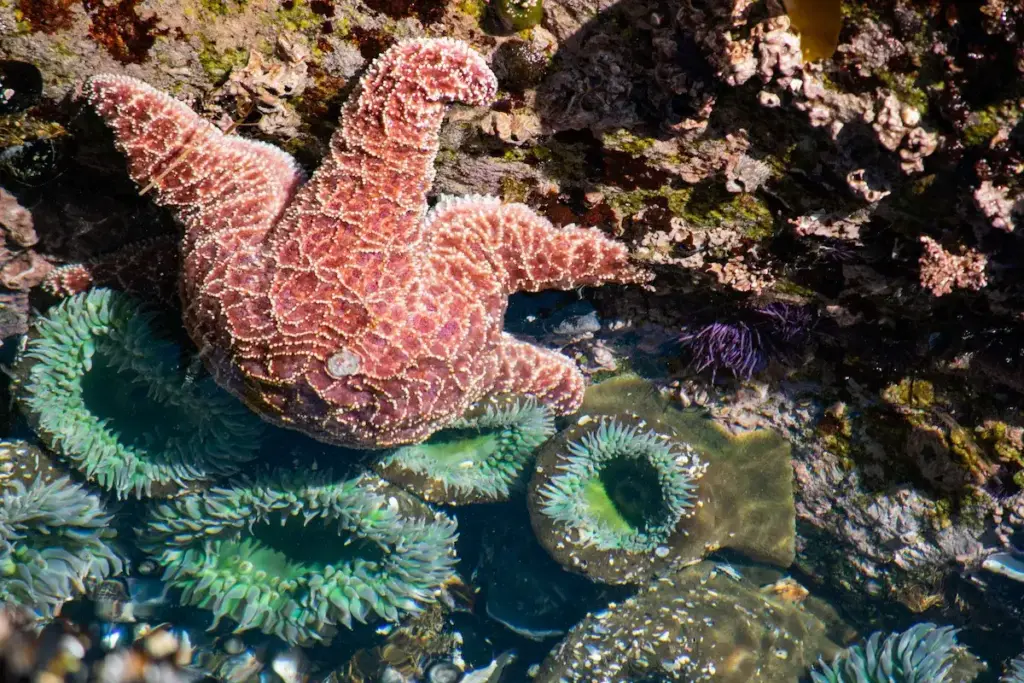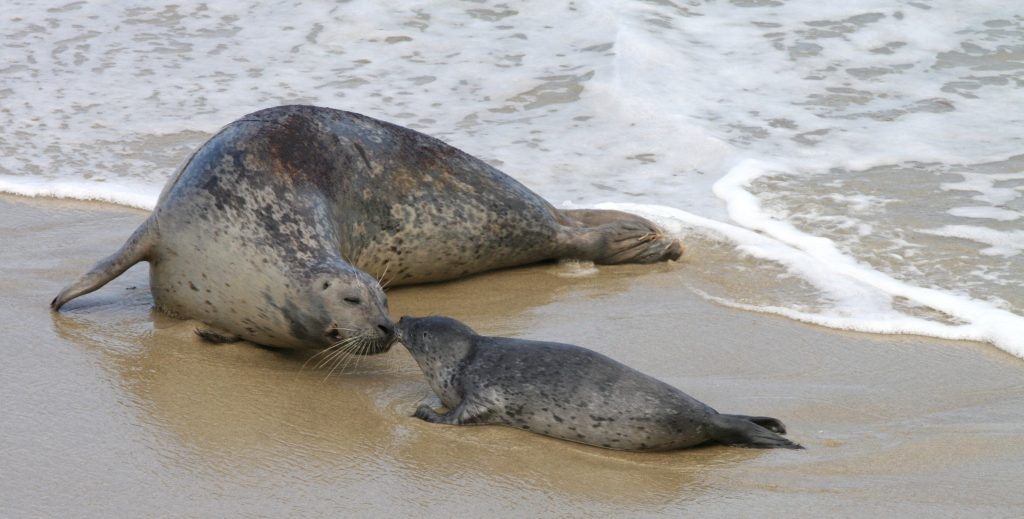The ocean is packed with animals of all shapes and sizes, from the smallest zooplankton to the biggest blue whale. Many of them look so different, it’s hard to imagine they evolved on the same planet. (Have you seen the barreleye fish?!) On the other hand, some of them can be tricky to tell apart. Trust me, I’m a marine biologist and you still probably don’t want me on your trivia team for tropical fish identification.
Love ocean content?
Enter your email and never miss an update
var form = document.getElementById(’email-signup-65bbfb461e4f9′);
form.querySelector(‘.rsform__field–email’).addEventListener(“nb:result”, e => {
var nbStatus = form.querySelector(“[name=”nb_email_status”]”);
var nbDate = form.querySelector(“[name=”nb_validation_date”]”);
var currentDate = new Date();
nbStatus.value = e.detail.result.response.result;
nbDate.value = currentDate.toISOString().split(‘T’)[0];
grecaptcha.enterprise.ready(async () => {
var tokenField = document.querySelector(“#email-signup-65bbfb461e4f9 [name=”token”]”);
var token = await grecaptcha.enterprise.execute(‘6Lcmr3shAAAAAAVRlvJrsUufEEQuItzNDlkpmB2g’, {action: ‘verify’});
tokenField.value = token;
});
});
<!– –>
Here are a few commonly confused marine animals and some tricks for how to tell them apart.
Clams, mussels and oysters

if(typeof window.oc_media_credits === ‘undefined’) {
window.oc_media_credits = {};
}
window.oc_media_credits[48705] = “Betty Sederquist”;
There are many marine bivalves that are seafood staples, but these shelled invertebrates can sometimes look a lot alike. Clams, mussels and oysters are all gastropod mollusks and have two-part shells connected by a hinge in the back. Fortunately, these three shellfish are pretty easy to tell apart if you take a closer look. Clams have stout, oval-shaped shells where both halves are the same size. Mussels have darker blue or black shells that are more oblong in shape. Finally, oyster shells have a rougher texture than mussel shells and can be a little more irregular in shape, too. Read more tips for telling these three apart >>
Sea stars and brittle stars

if(typeof window.oc_media_credits === ‘undefined’) {
window.oc_media_credits = {};
}
window.oc_media_credits[69778] = “Bonny Puckett”;
Sea stars might be a little more well-known than brittle stars, but once you learn the differences between these two, you’ll never confuse them again. Both have radial symmetry (meaning their body can divided into equal parts around a central point—think of flower petals) and have a tough, spiny surface. You can tell them apart by looking at their arms—sea stars have thicker, triangular-shaped arms that are typically their widest at the point of connection to the center of the body, kind of like the stars you used to draw on your notebook as a kid. Brittle stars, on the other hand, have much thinner arms that appear more “whip-like” than those of sea stars. The arms connect to a central disk, and it’s relatively easy to tell where the arm ends and the disk begins. Learn other ways you can tell these two apart >>
Stingrays and skates

if(typeof window.oc_media_credits === ‘undefined’) {
window.oc_media_credits = {};
}
window.oc_media_credits[38972] = “Ellen Cuylaerts”;
What’s a flat-bodied fish with “wings?” Both skates and rays are part of a superorder (for the taxonomy buffs, this means a category that is larger than an order, but not quite a class) called Batoidea. All the animals within this category are considered “rays,” and it includes more than 600 species. Both animals have flat bodies that look like kites and move by undulating their large wing-like pectoral fins and largely hang out on the sea floor where they can lay flat against the sand, hide from predators and sneak up on prey. Skates typically have shorter, thicker tails than stingrays, and they do not have a stinger. Stingrays get their name from their sharp, stinging barbs on their tail that helps them defend themselves. Also, stingrays tend to be larger than skates (although this is not a hard-and-fast rule). Get some more tips for telling one from the other >>
Seals and sea lions

if(typeof window.oc_media_credits === ‘undefined’) {
window.oc_media_credits = {};
}
window.oc_media_credits[49349] = “Terri Green”;
Many people love seals and sea lions, and it’s easy to see why. Telling them apart can be tricky, however: Seals and sea lions are both pinnipeds, a group of fin-footed mammals that also includes walruses. Although the term “seal” can technically apply to the 32 species we refer to as seals and as sea lions, one group includes fur seals and sea lions, where the other includes “true” seals. (I know, it’s confusing.) The easiest way to tell them apart is to look at the ears. True seals have ear holes, where sea lions have small flaps covering their ears. You can also look at their feet—seals have short, stubby front feet and generally scoot along land on their bellies. Sea lions, on the other hand, have elongated front flippers that help propel them through the water and allow them to “walk” on land. Brush up on the rest of your pinniped trivia >>
These are just a few of the many closely related lookalikes in the ocean. But you don’t have to have perfect animal identification skills to know that all ocean animals deserve to live in a healthy ocean. Ocean Conservancy is tackling some of the biggest threats to our ocean, including plastics, climate change and risky drilling. See how you can take action for all animals who dwell in the ocean.
The post Easy-to-Confuse Ocean Animals appeared first on Ocean Conservancy.

